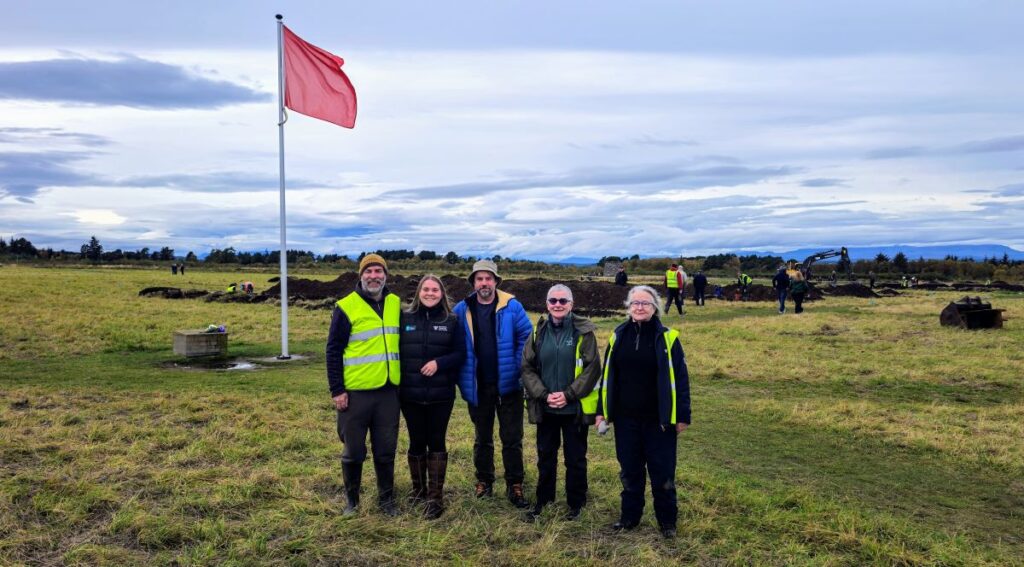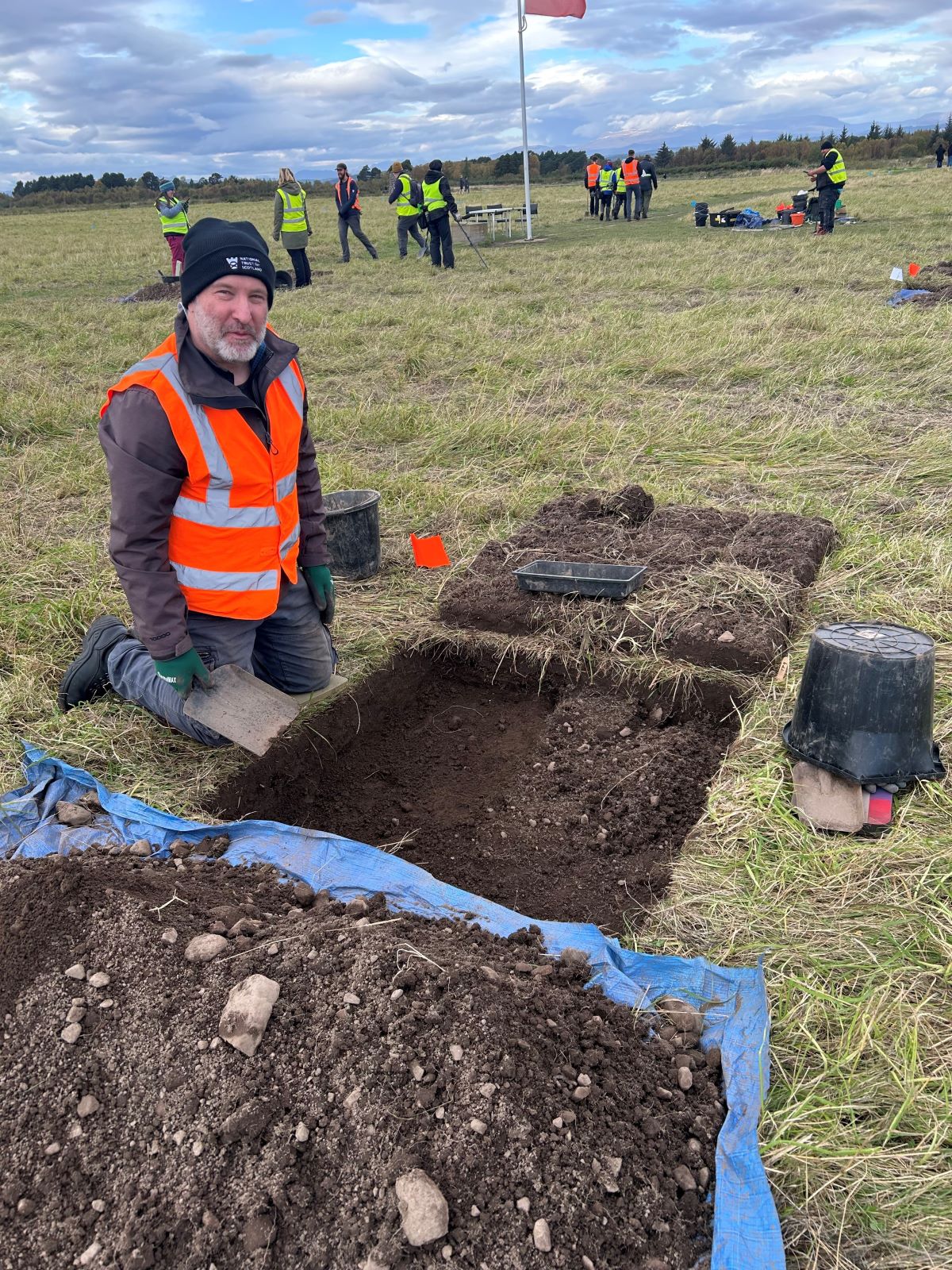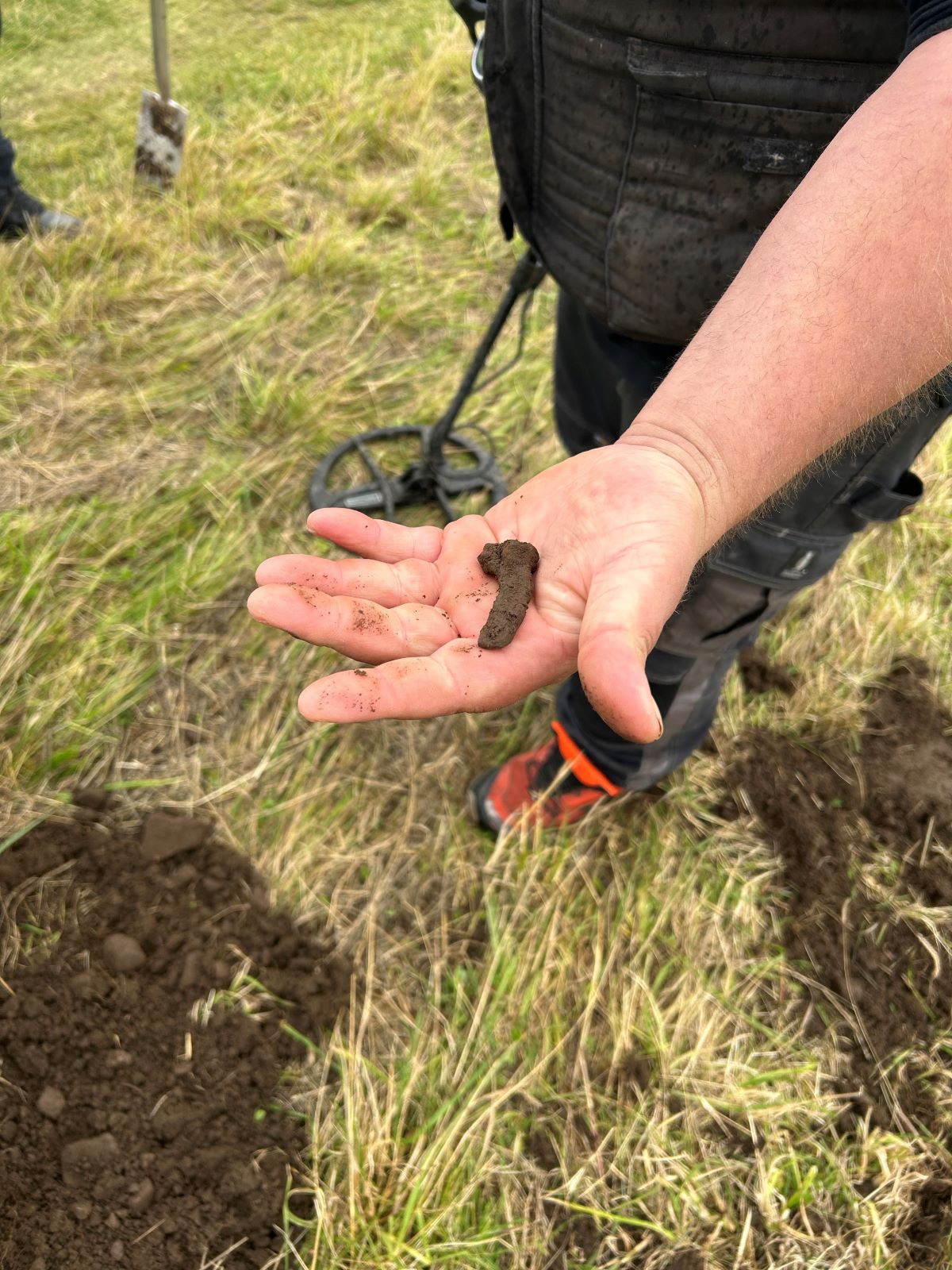
Techniques used during excavation at Waterloo could help uncover new stories at Culloden Battlefield
Archaeologists are hoping techniques used during the excavation at the Battlefield of Waterloo can help uncover new secrets at Culloden Battlefield.
A new dig at the site of the final clash of the Jacobite Rising in 1746 is being led by the National Trust for Scotland.
Areas such as the Field of the English will be targeted for metal detecting, utilising techniques applied during the excavation at the Battlefield of Waterloo.
Gary Craig will join the archaeologists on the project, who has led the detecting team for charity Waterloo Uncovered since its inception in 2015.
Professor of Conflict History and Archaeology at the University of Glasgow, Tony Pollard, who helped develop the techniques used at Waterloo will also be on hand.

‘It’s always exciting to be working at Culloden Battlefield and so many of the artefacts have great stories to tell,’ said Derek Alexander, NTS’s Head of Archaeological Services.
‘Even small scale pieces of fieldwork can contribute to a better understanding of how the battle unfolded.
‘We are really looking forward to working with Professor Pollard again and to making use of the techniques he has developed and honed at Waterloo.’
Volunteers and archaeologists from all over the world have joined the excavation, supporting the team in searching for new discoveries.
A button was discovered on the first day of the dig, as well as an artefact that could possibly be from a piece footwear such as a heel plate. Previous finds at the site have included a shoe buckle believed to have belonged to Donald Cameron of Lochiel.

‘It’s been nearly 20 years since I’ve worked on the archaeology of Culloden,’ said Professor Tony Pollard.
‘We made some spectacular discoveries with metal detectors back them, and I’m delighted many of them are on display in the visitor centre.
‘It’s exciting to be back, and I’m looking forward to us applying archaeological techniques we’ve developed more recently at Waterloo, where, as we did at Culloden first time around, we have made a valuable contribution to our understanding of a battle which in its own bloody way made history.’
Culloden Battlefield is a designated war grave and the dig has to be conducted with great care, respecting the site’s solemn history.
Read more News stories here.
Subscribe to read the latest issue of Scottish Field.
TAGS

